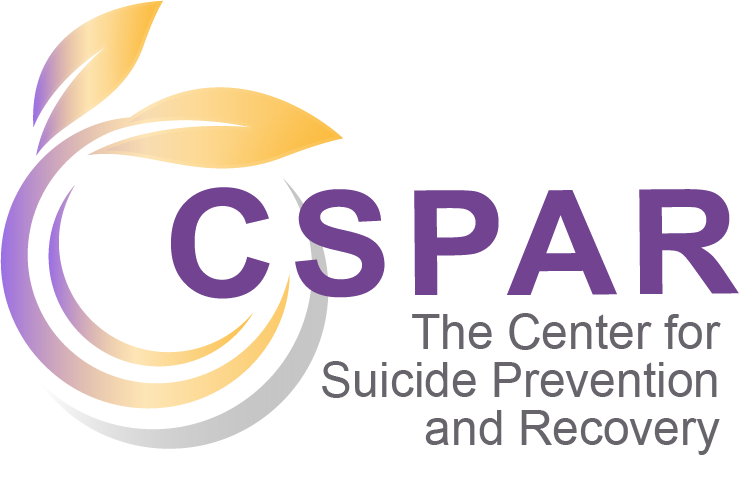What are Caring Contacts?
Caring Contacts (CC) is one of only two interventions that have been found to prevent death by suicide in a randomized controlled trial (RCT). The original Caring Contacts intervention was developed by Motto in the late 1970s and guided by the following principles (Motto JA, 1976) (adapted from pg. 223-224):
- The forces that bind us willingly to life are mostly those exerted by our reciprocal relationships with our environment and the beings in it, whether they be intimately involved in our lives or influence us by other psychological processes.
- A suicidal person can be encouraged to retain an interest in continued living, by regular and long-term contact with another person who expresses caring about the former’s wellbeing.
- The contact must be initiated by the concerned person and must put no demands or expectations on the other, in order to be experienced as an expression of unconditional concern and to have a potential for reducing feelings of isolation and helplessness.
- Such a program of continuing contact can exert a long-term prevention influence on high-risk persons who cannot accept the established health care system or who have unmet needs. Long-term follow-up from an RCT comparing Caring Contacts to treatment as usual (TAU) found participants in the Caring Contacts condition had a lower suicide rate in all five years of the study and a significantly lower rate for the first two years (Motto & Bostrom, 2001).
The caring letters intervention was replicated in a shortened 12-month protocol by Carter who sent postcards (in envelopes) to individuals who had been admitted to a toxicology unit for self-poisoning. Although there were no differences in proportion of each study condition who were hospitalized for self-poisoning, there was more repetition of deliberate self-poisoning in the control group than among those receiving postcards. These differences persisted for at least 5 years (Carter, Clover, Whyte, Dawson, & D’Este, 2005, 2007, 2013). Hassanian-Moghaddam and colleagues replicated the Carter and colleagues’ postcard intervention in Iran with a sample of 2300 self-poisoners; with minor modifications including using floral greeting cards, including poetry stanzas, and sending a message on their birthday. Results found fewer individuals in the caring letters condition reported suicidal ideation and fewer made a suicide attempt (Hassanian-Moghaddam, Sarjami, Kolahi, & Carter, 2011; Hassanian-Moghaddam, Sarjami, Kolahi, Lewin, & Carter, 2015).
Comtois and colleagues (Comtois, Kerbrat, & DeCou, 2017) recently completed a Randomized Control Trial (RCT) of Caring Contacts using text messaging in the military. The format was the same as the postcard studies except using 11 brief text messages instead of a postcard or greeting card over one year. A typical text message read “Hi John, Hope everything’s going well. – Kate mcproj.org” or “Hello again, John! Hope things are good. Kate mcproj.org” (where mcproj.org is a website that provided military specific resources and the names and job titles of study staff). Results showed significantly fewer Marines and Soldiers in the Caring Contacts condition reported (1) any suicidal ideation and (2) any suicide attempts during the intervention year.
Are Caring Contacts Right for My Org?
Caring Contacts are brief, periodic messages sent over 1-2 years that express unconditional care and concern. They have reduced suicide, suicide attempts, and suicide ideation, are cost-effective, are recommended by multiple clinical practice guidelines, and have the potential to scale up to a single individual intervening with hundreds of suicidal individuals. However, despite this strong support, few health systems are using Caring Contacts and many who have made maladaptive adaptations that weaken core Caring Contacts principles. These maladaptive modifications occur largely because Caring Contacts activities fall outside of established workflows. Intervention administration can also be too time consuming for clinic staff or service organizations for whom valuable clinical and volunteer time should be spent with people, not paperwork. Thus, many organizations express excitement about Caring Contacts, but implementation falters in the face of what can appear to be insurmountable coordination and risk management complexities.



